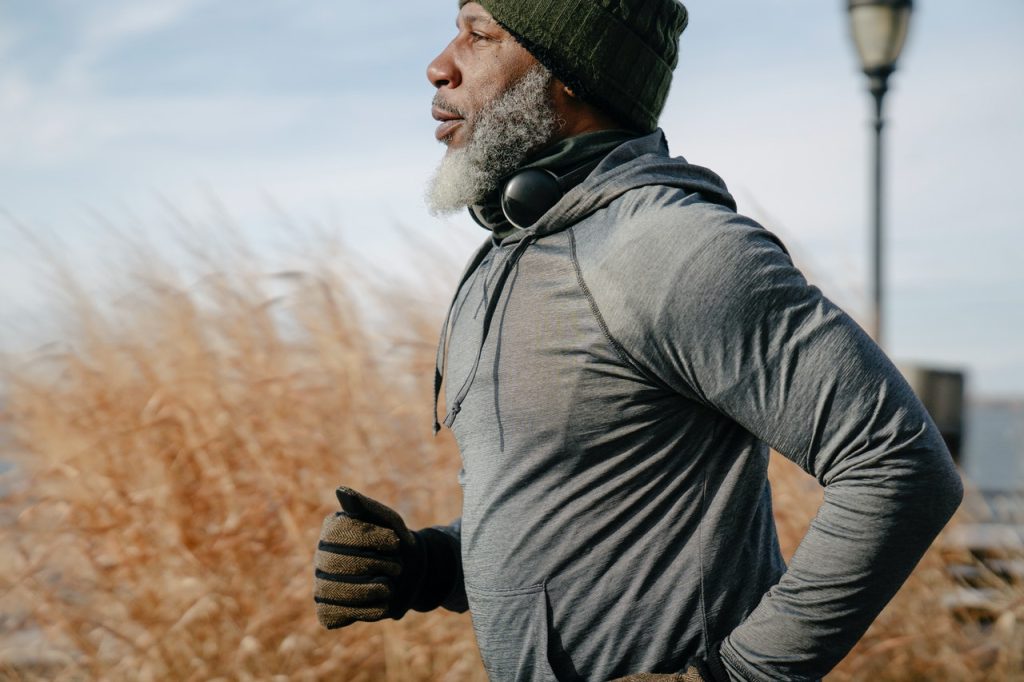When Dieting, High-intensity Exercise Might Combat Cravings

Revealing another benefit of exercise for weight loss, results from a study published in Obesity showed that rats on a 30-day diet who exercised intensely were better able to resist cues for favoured, high-fat food pellets.
The experiment was designed to investigate a phenomenon called “incubation of craving”, where the longer a desired substance is denied, the harder it is to resist cue for it. The findings suggest that exercise modulated how hard the rats were willing to work for cues associated with the pellets, reflecting how much they craved them.
Though more researcher is needed, these findings show that exercise may shore up restraint when it comes to certain foods, explained corresponding author Travis Brown, a physiology and neuroscience researcher at Washington State University.
“A really important part of maintaining a diet is to have some brain power – the ability to say ‘no, I may be craving that, but I’m going to abstain,'” said Brown. “Exercise could not only be beneficial physically for weight loss but also mentally to gain control over cravings for unhealthy foods.”
The researchers trained 28 rats to press a lever that turned on a light and made a tone before dispensing a high-fat pellet. After the training period, they tested to see how many times the rats would press the lever just to get the light and tone cue.
The rats where then split up into two groups. One underwent a regime of high-intensity treadmill running while the other had no additional exercise outside of their regular activity. Both sets of rats were denied access to the high-fat pellets for 30 days. At the end of that period, the researchers gave the rats access to the levers that once dispensed the pellets again, but this time the levers only gave the light and tone cue when pressed. The animals that did not get exercise pressed the levers significantly more than rats that had exercised, indicating that exercise lessened the craving for the pellets.
In future studies, the research team plans to investigate the effect of different levels of exercise on this type of craving as well as how exactly exercise works in the brain to curb the desire for unhealthy foods.
Though this is a novel study, Brown said it builds on earlier work that first defined the term “incubation of craving“. Brown also gave credit to research showing that exercise can blunt cravings for cocaine.
Whether food can be addictive in the same way as drugs can is a still a question for research. Not all foods have the same effect – as Brown pointed out, “no one binge eats broccoli.” However, people do seem to respond to cues, such as fast-food ads, encouraging them to eat foods high in fat or sugar, and those cues may be harder to resist the longer they diet.
Being able to disregard these signals could be yet another way exercise enhances health, Brown said.
“Exercise is beneficial from a number of perspectives: it helps with cardiac disease, obesity and diabetes; it might also help with the ability to avoid some of these maladaptive foods,” he said. “We’re always looking for this magic pill in some ways, and exercise is right in front of us with all these benefits.”
Source: Washington State University








